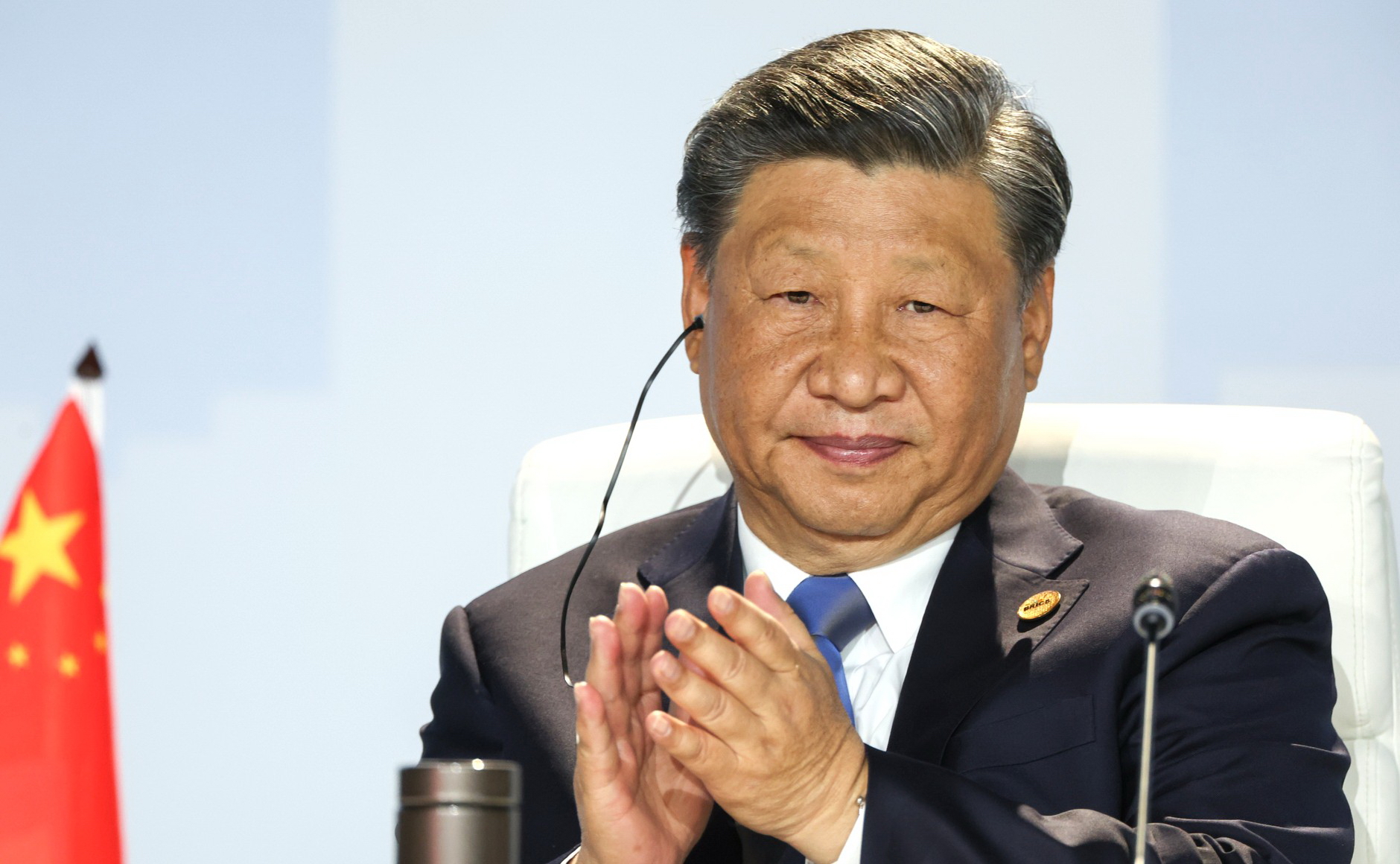What’s behind China’s nuclear frenzy? Economist Report

China is acquiring new nuclear capacity faster than any other country. Here are Beijing's ambitions: the Economist's in-depth analysis
To free the country from oil and gas imports and in hopes of retiring dirty coal-fired power plants, Chinese leaders have poured money into wind and solar energy. But they are also turning to one of the most sustainable forms of non-renewable energy. Over the past decade, China has added 37 nuclear reactors, for a total of 55, according to data from the International Atomic Energy Agency, an independent body. In the same period, America, which leads the world with 93 reactors, added two. Faced with constantly growing energy demand, China is not letting go. The goal is to install between six and eight nuclear reactors each year. Some officials appear to believe this target is low. The country's nuclear regulator says China has the capacity to add between eight and 10 a year. The State Council (China's cabinet) has approved the construction of ten reactors in 2022. Overall, China has 22 nuclear reactors under construction, many more than any other country – writes The Economist .
CHINA BLADES THE WAY TO NUCLEAR
The growth of nuclear energy has stalled in Western countries for a variety of reasons. Reactors require large initial investments and take years to build. The industry is heavily regulated. China, however, has paved the way for nuclear power by providing state-owned energy companies with cheap loans, land and licenses. Nuclear energy providers receive subsidies known as feed-in tariffs. All of this has pushed the price of nuclear power in China down to about $70 per megawatt hour, compared to $105 in the U.S. and $160 in the European Union, according to the International Energy Agency, an official forecasting agency.
China is not immune to the security concerns that have led many in the West to oppose nuclear energy. After the disaster at Japan's Fukushima Dai-ichi nuclear power plant in 2011, China temporarily suspended its construction program. He maintained a ban on building nuclear plants inland, which must use river water for cooling. Earlier this year China reacted angrily when Japan began releasing treated, totally harmless wastewater from the Fukushima plant into the ocean. In general, however, nuclear energy does not arouse or divide Chinese public opinion like that of other countries.
That's good, because if China wants to phase out coal and become carbon neutral by 2060, it will need an energy source that helps it reliably meet baseload demand (the minimum level of energy needed to make things work). Wind and solar are less suitable for this purpose, as they depend on nature's cooperation. But nuclear power is right for him. In terms of energy generated, China's nuclear power plants exceed current installed solar (but not wind) capacity. Furthermore, most reactors are located on the coast, close to large population centers, unlike most wind and solar projects, which pose a challenge in terms of transferring the generated energy over long distances.
THE DEVELOPMENT OF TECHNOLOGY
Early in its program, China imported its nuclear technology. It still has to rely on other countries for the uranium that fuels the reactors. But most new and planned reactors are based on Chinese designs, most notably Hualong One. Now he is eager to export such units (he has already concluded agreements with Pakistan and Argentina). Because much of the equipment is domestically sourced, the Chinese program has not been hampered too much by the Biden administration's export controls, which aim to exclude China from advanced technologies of American origin.
Some Chinese scientists and engineers have been put to work on a new project: the development of nuclear fusion . Fusion power plants do not require uranium and produce much less radioactive waste than fission power plants. But the technology, which aims to mimic the inner workings of the sun to create an inexhaustible reserve of energy, has proven difficult to implement.
THE DEVELOPMENT OF FUSION
Fusion reactors control plasma with superconducting magnets in a process called confinement. A Chinese reactor holds the record for the longest high-temperature confinement: about 17 minutes. But the country's scientists, like those in other countries, are tackling a fundamental physics problem: Holding plasma together at extreme temperatures for extended periods requires more energy than the reaction itself can produce. If China can solve this problem, it could accelerate the end of dirty energy, for everyone.
(Extract from the eprcomunicazione press review)
This is a machine translation from Italian language of a post published on Start Magazine at the URL https://www.startmag.it/energia/cina-nucleare-obiettivi/ on Sat, 09 Dec 2023 06:49:47 +0000.
